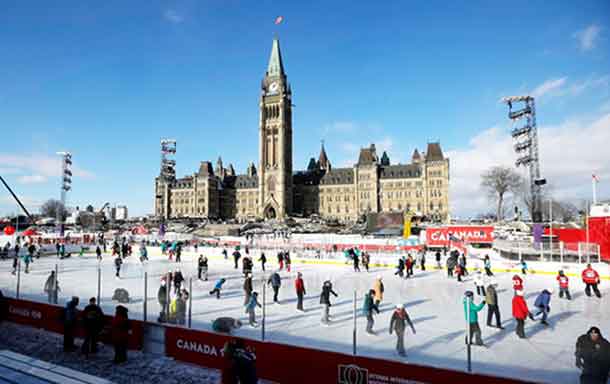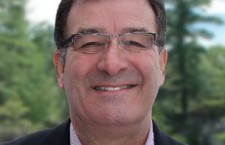
Week of March 5, 2018

KENORA – POLITICS – The Government’s recent budget is inspired by a simple yet powerful idea. It’s an idea that has guided the Government’s actions from the outset. We realize that providing Canadians with the opportunity to reach their full potential isn’t just the right thing to do, it’s the smart thing to do for our economy.
Over the last two years, Canadians have worked hard to grow our economy, creating nearly 600,000 jobs and driving the unemployment rate to the lowest it has been in 40 years. With that said, there is still hard work ahead of us before we can meet our full potential.
Budget 2018 has been designed to make sure that the benefits of a growing economy are felt by more people, no matter where they live. We are creating opportunities that draw strength from our diversity to build a country where every Canadian has a real and fair chance to work, to contribute to our economy and to succeed.
That includes Canada’s talented, ambitious, and hard-working women. We meant what we said about increasing the participation of women in our economy by making Status of Women a full department in the Government of Canada. I was also pleased to see that no budget decision was taken without a Gender-based Analysis. We will also introduce new GBA+ legislation to make gender a permanent part of the federal budget-making process, adding further proof of our commitment to gender equality.
We want to support young families and gender equality in both the workplace and at home. To further this goal, the Government is investing $1.2 billion over the next five years, starting in 2018-19, and $334.7 million per year thereafter, which will add an additional five weeks of employment insurance parental benefits for parents who agree to share parental leave – or an additional eight weeks for those who choose the extended parental benefit option.
This incentive encourages two-parent families to share in the work of raising their children – which will allow greater flexibility for new moms to return to work sooner if they choose. By working to support women and girls, reduce the gender wage gap, and increase the participation of women in the labour force—we are helping to boost economic growth for all Canadians.
I believe that this budget recognizes the importance of reinvesting in rural and northern communities. That’s why we put an additional $28 million over five years, on top of the $25 million we invested last year to FedNor. In order to recognize the importance of women in leadership roles, $6 million will be allocated to support women entrepreneurs through a regional process. All in all, this means more capital will be invested into economic development initiatives throughout Northern Ontario. It’s a step in the right direction after years of disastrous cuts made by the previous government.
Budgets are fundamentally important as they set the stage for our future. For example, in order for our region to meet its economic potential, we need reliable infrastructure such as broadband Internet. In a rural region like ours, modern technology is a must. One promising example is the use of low Earth orbit (LEO) satellites. These satellites have the potential to provide Canadians living in rural and remote areas with high-speed Internet and wireless services at a much more affordable price. Within Budget 2018, we’ve allocated $100 million over five years, with a particular focus on supporting projects that relate to LEO satellites and the next generation of rural broadband.
We have introduced an updated version of the Working Income Tax Benefit – the Canada Workers Benefit (CWB). I believe these changes will encourage more people to join the workforce and offer real help to more than two million Canadians. It is estimated that the CWB will raise approximately 70,000 Canadians out of poverty. The increase will affect both the maximum benefits that an individual can receive, as well as the income limit at which workers qualify for the benefit.
The budget also proposes to support junior exploration companies with their mineral exploration efforts by extending the 15 per cent Mineral Exploration Tax Credit for an additional year. This measure will help those companies to raise more equity and is expected to result in a net reduction of federal revenues of approximately $45 million over the 2018–19 to 2019–20 fiscal periods. In our riding, extending the tax credit is a welcome measure and one that could reap huge dividends for everyone.
I was extremely pleased to see we have updated our federal-provincial Labour Market Development Agreements, by investing an additional $80 million in 2018-19, and $150 million in the 2019-20 fiscal year. This will help ensure that unemployed seasonal workers have access to support when they need it most. In addition, Employment and Social Development Canada will reallocate $10 million from existing resources to provide immediate income support and training to affected workers. This is great news for those in our riding employed in seasonally-based jobs.
Budgets can be complex and there is too much in Budget 2018 to cover all of the key points in one column, so I will be revisiting it next week to further detail how it will affect us in Northwestern Ontario and throughout Canada.
Bob Nault MP
Kenora






